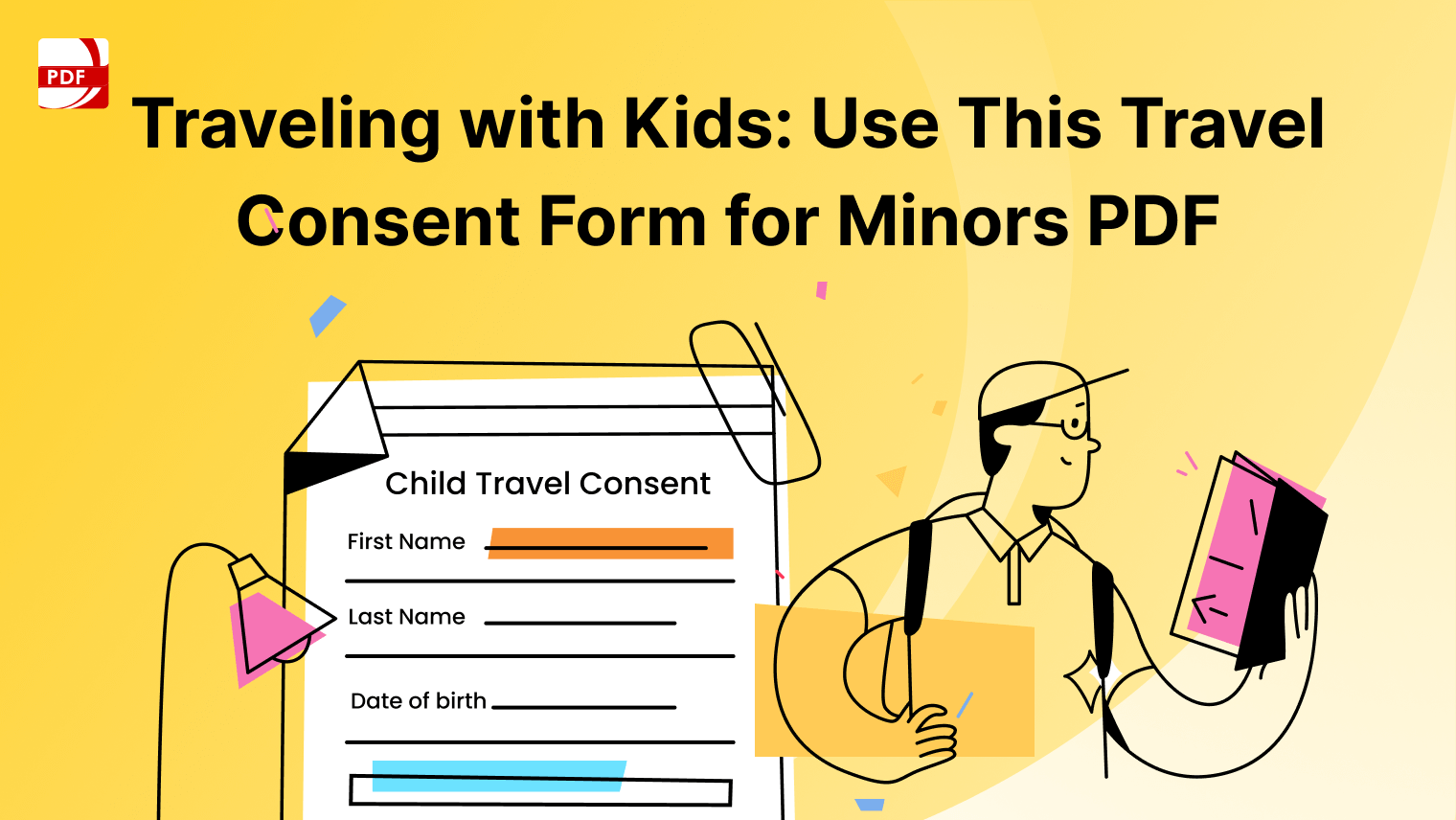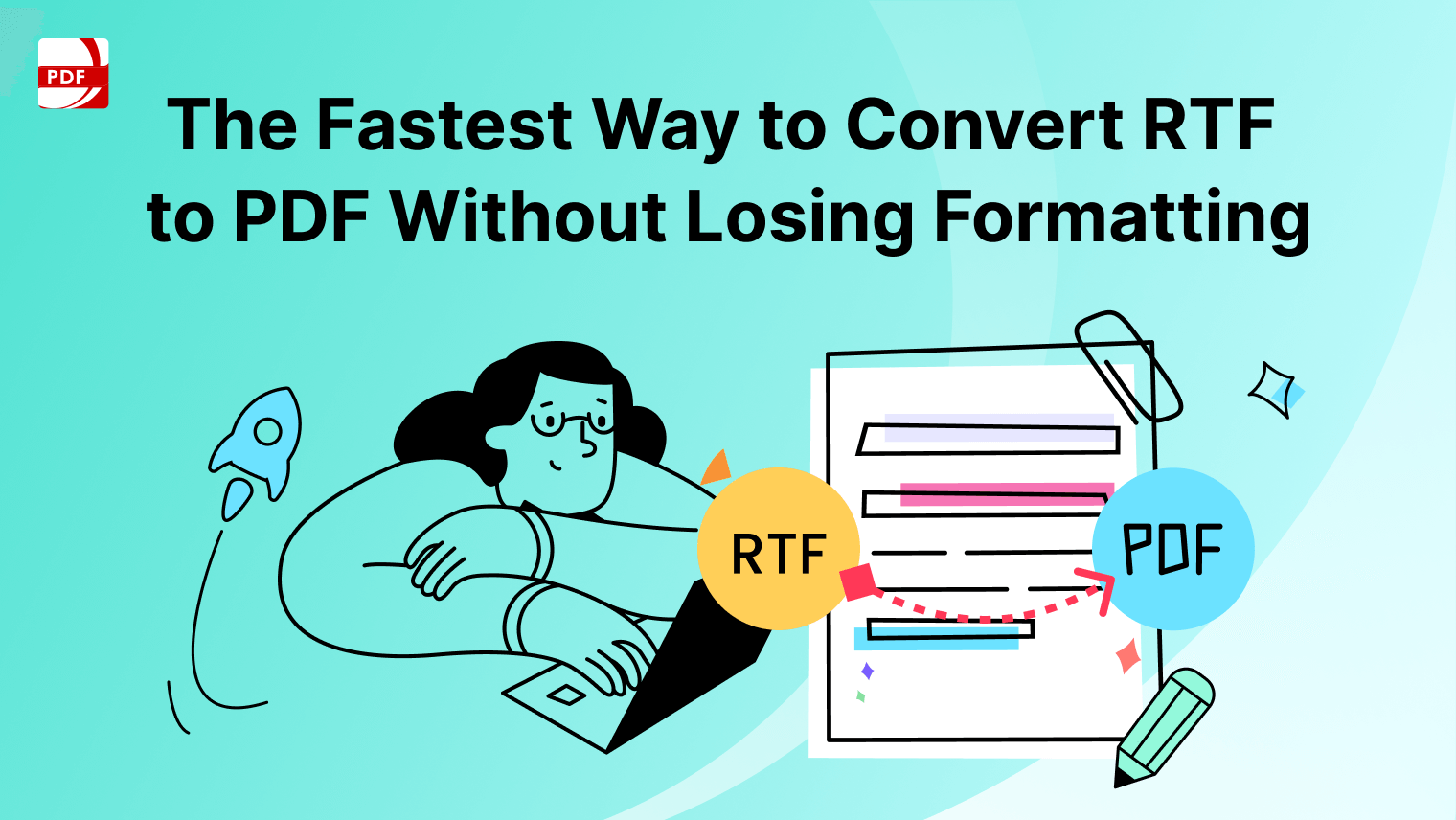For individuals with visual impairments or those who prefer auditory learning, having the ability to listen to text rather than reading it can be transformative.
PDF text-to-speech (TTS) readers bridge this gap by converting written content into spoken words, offering a seamless reading experience.
Comparative Analysis
This table provides a quick overview of the key features offered by each PDF text-to-speech reader, allowing users to make informed decisions based on their specific needs and preferences.
| Feature | PDF Reader Pro | Adobe Acrobat Reader | NaturalReader |
| User Interface | Intuitive and user-friendly | User-friendly | Easy to navigate |
| TTS Voices | Multiple voices and accents | Limited voice options | Multiple languages |
| Customization | Adjustable speed and pitch | Limited customization | Customizable settings |
| Annotation Tools | Advanced annotation tools | Basic annotation features | Limited annotation options |
| Cloud Integration | Seamless integration | Limited cloud support | Cloud storage compatibility |
| Language Support | Multilingual support | Limited language options | Multilingual capabilities |
| File Compatibility | Wide range of file formats | Limited compatibility | Multiple file formats |
| Accessibility | Accessibility features | Basic accessibility | Accessibility options |
| Pricing | Various pricing plans | Free with premium options | Free trial available |
1. PDF Reader Pro
PDF Reader Pro stands out as a leading PDF text-to-speech reader, offering a comprehensive suite of features for both reading and managing PDF documents.

Image Source: PDF Reader Pro
With its intuitive interface and robust TTS capabilities, users can easily convert text to speech with natural-sounding voices.
Whether you're reviewing documents, studying, or multitasking, PDF Reader Pro provides a seamless reading experience tailored to your needs.
Image Source: PDF Reader Pro
Our Take
One of the most impressive aspects of PDF Reader Pro's TTS feature is its accuracy and clarity. The software utilizes advanced speech synthesis technology to ensure that the spoken words closely match the original text, with minimal errors or misinterpretations.

This level of accuracy is crucial for us, as it ensures that we can trust the information being conveyed without having to constantly refer back to the written document.
2. Adobe Acrobat Reader
Adobe Acrobat Reader is a household name in the world of PDF software, and its text-to-speech functionality is no exception.
Image Source: Adobe Acrobat
With Adobe Acrobat Reader, users can listen to PDF documents using synthesized speech, customizing settings such as voice type, speed, and pitch to suit their preferences.
Whether you're on the go or prefer hands-free reading, Adobe Acrobat Reader offers a reliable solution for accessing PDF content via audio.
Our Take
Adobe Acrobat offers a range of customization options that allow us to tailor the TTS experience to our preferences.
We can adjust the reading speed, choose from a variety of high-quality voices, and even highlight text as it is being spoken, making it easier to follow along with complex or technical content.
You can also check our recommendations for the 13 best PDF app editors in 2023.

3. NaturalReader
NaturalReader is another top contender in the realm of PDF text-to-speech readers, known for its user-friendly interface and high-quality voice output.
Image Source: NaturalReader
With NaturalReader, users can convert PDF text to speech in multiple languages and accents, making it a versatile choice for a global audience.
Additionally, its integration with various file formats and cloud storage services ensures seamless accessibility across devices.
Our Take
NaturalReader's TTS feature offers a seamless and intuitive experience, allowing us to convert text-based documents into spoken words with just a few clicks.
This capability has been invaluable during our review process, as it enables us to listen to our written content while performing other tasks or when we need to proofread without staring at a screen for extended periods.
FAQs: Speech to Text Conversion
Our team has compiled some common questions and answers about how these speech tools work to turn your PDF file into an auditory experience.
How does Speech Conversion Work in PDF Readers?
Speech conversion in PDF readers involves utilizing text-to-speech (TTS) technology to transform written text into spoken words.
This process typically involves natural-sounding voices generated by speech engines, allowing for a smooth and coherent reading experience. Users can adjust reading speed, select preferred voices, and customize other settings to enhance the listening experience.
Can PDF Audio Readers Handle Different Languages?
Yes, many PDF audio readers support multiple languages and offer options to select preferred languages for speech conversion.
This feature allows users to listen to content in their native language or practice foreign language skills by listening to text in different languages.
Are PDF Audio Readers Compatible with Mobile Devices?
Yes, most PDF audio readers are compatible with mobile devices, including smartphones and tablets. Users can download dedicated apps or access online platforms to convert PDFs to audio files on their mobile devices, providing flexibility and convenience for on-the-go reading.
PDF text-to-speech readers have revolutionized the way we interact with digital content, offering enhanced accessibility and convenience for users of all abilities.
Whether you're a student, professional, or avid reader, investing in a reliable PDF text-to-speech reader can significantly improve your reading experience and productivity.









 Free Download
Free Download  Free Download
Free Download 





 Support Chat
Support Chat 